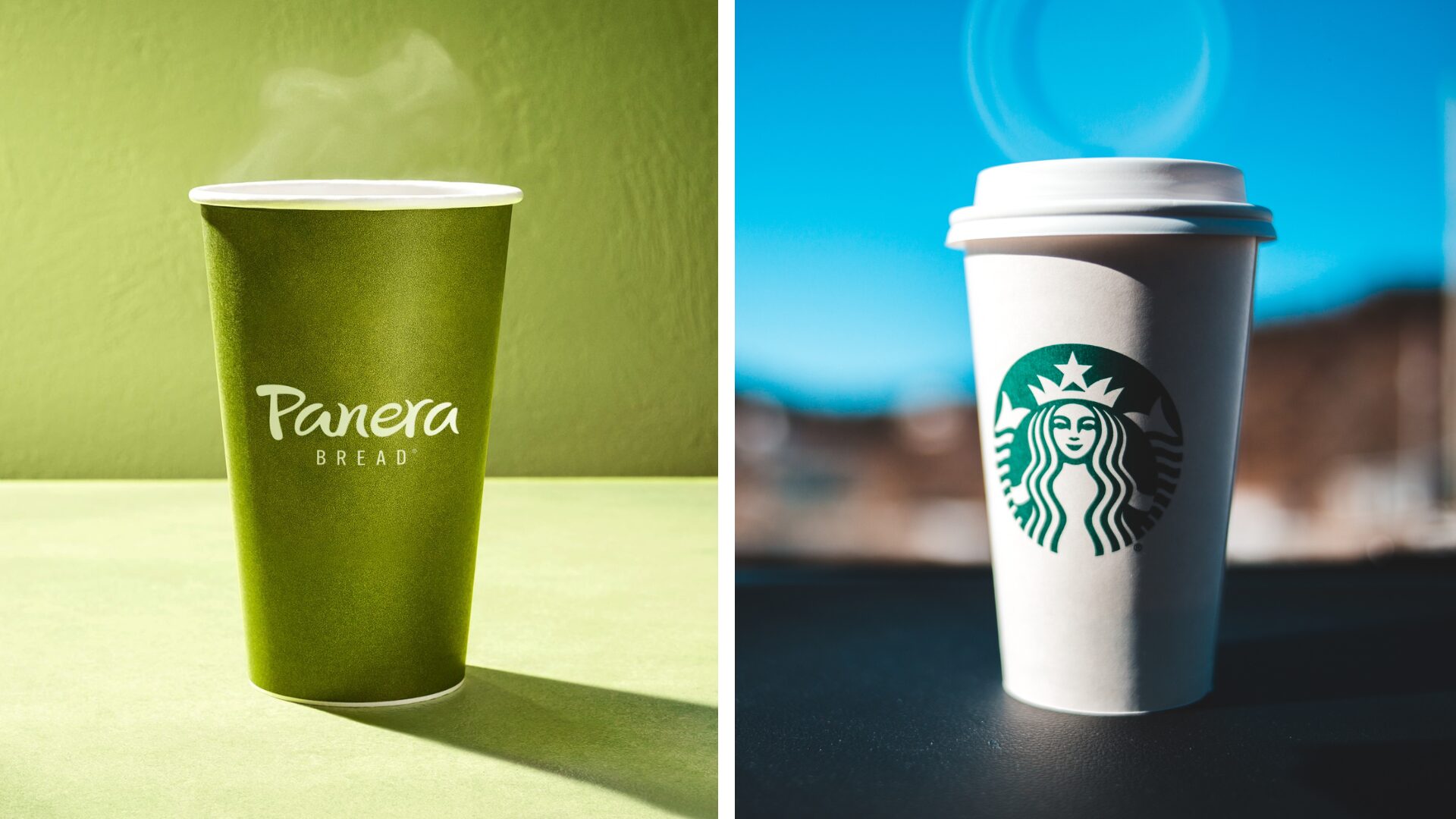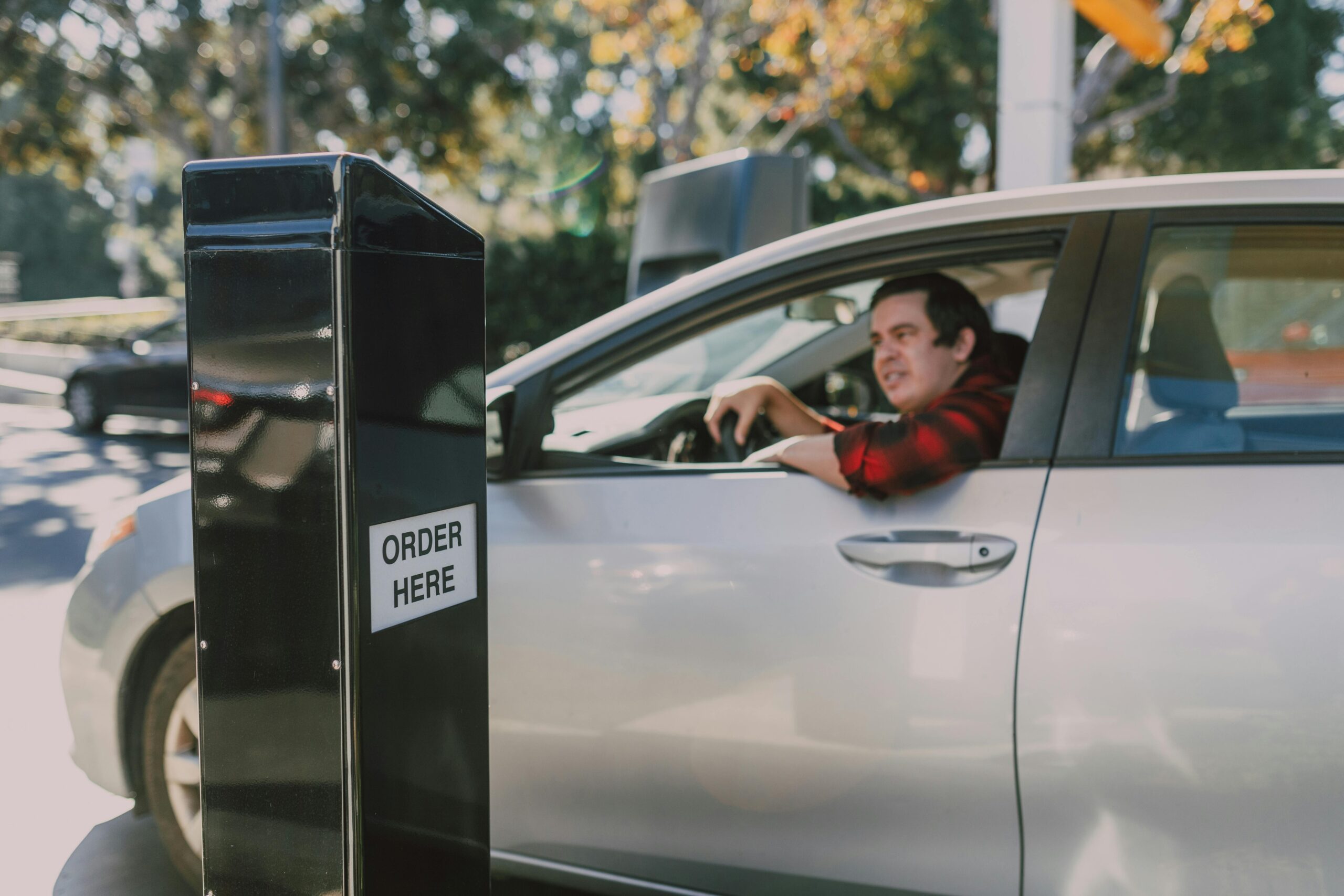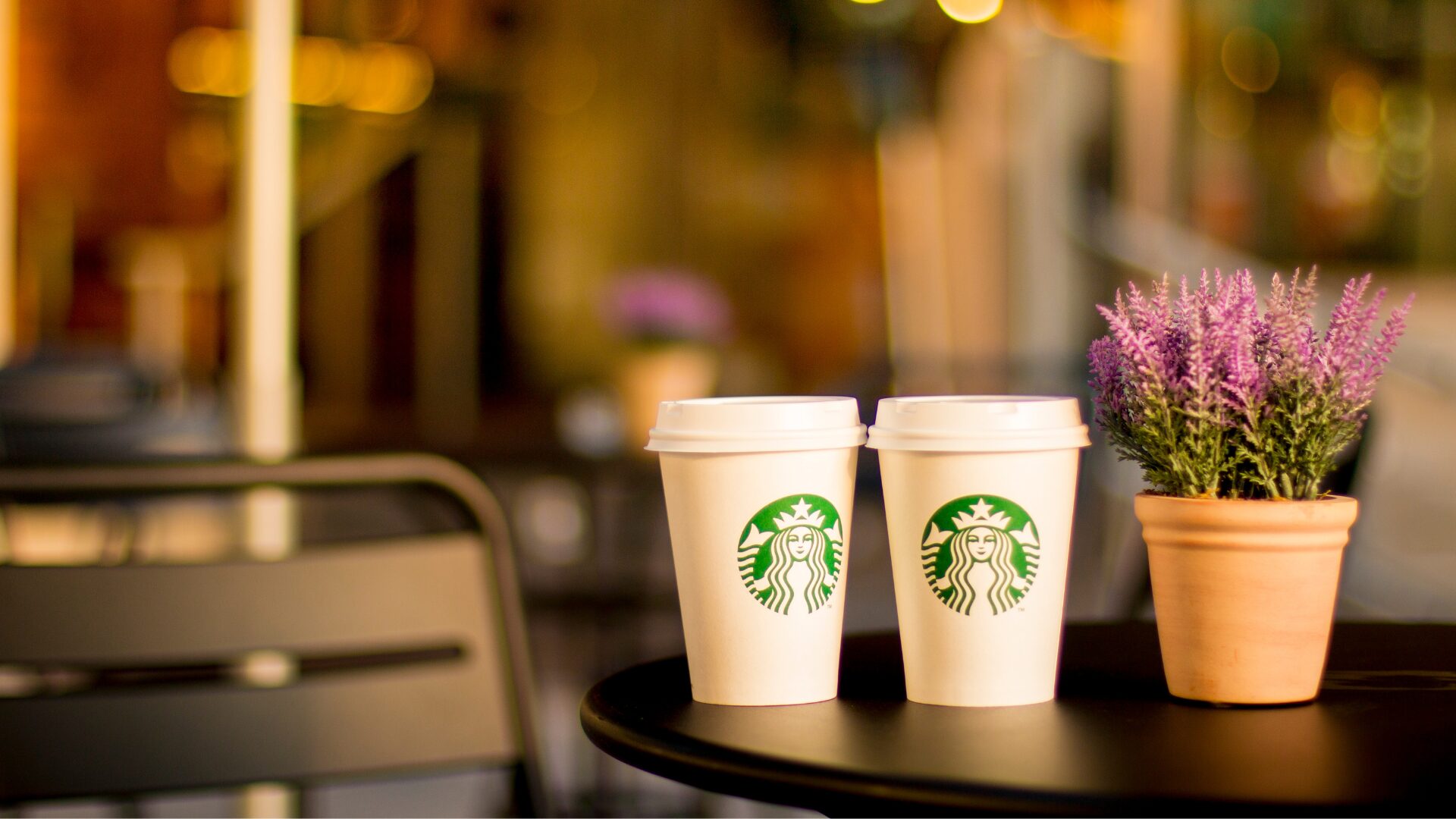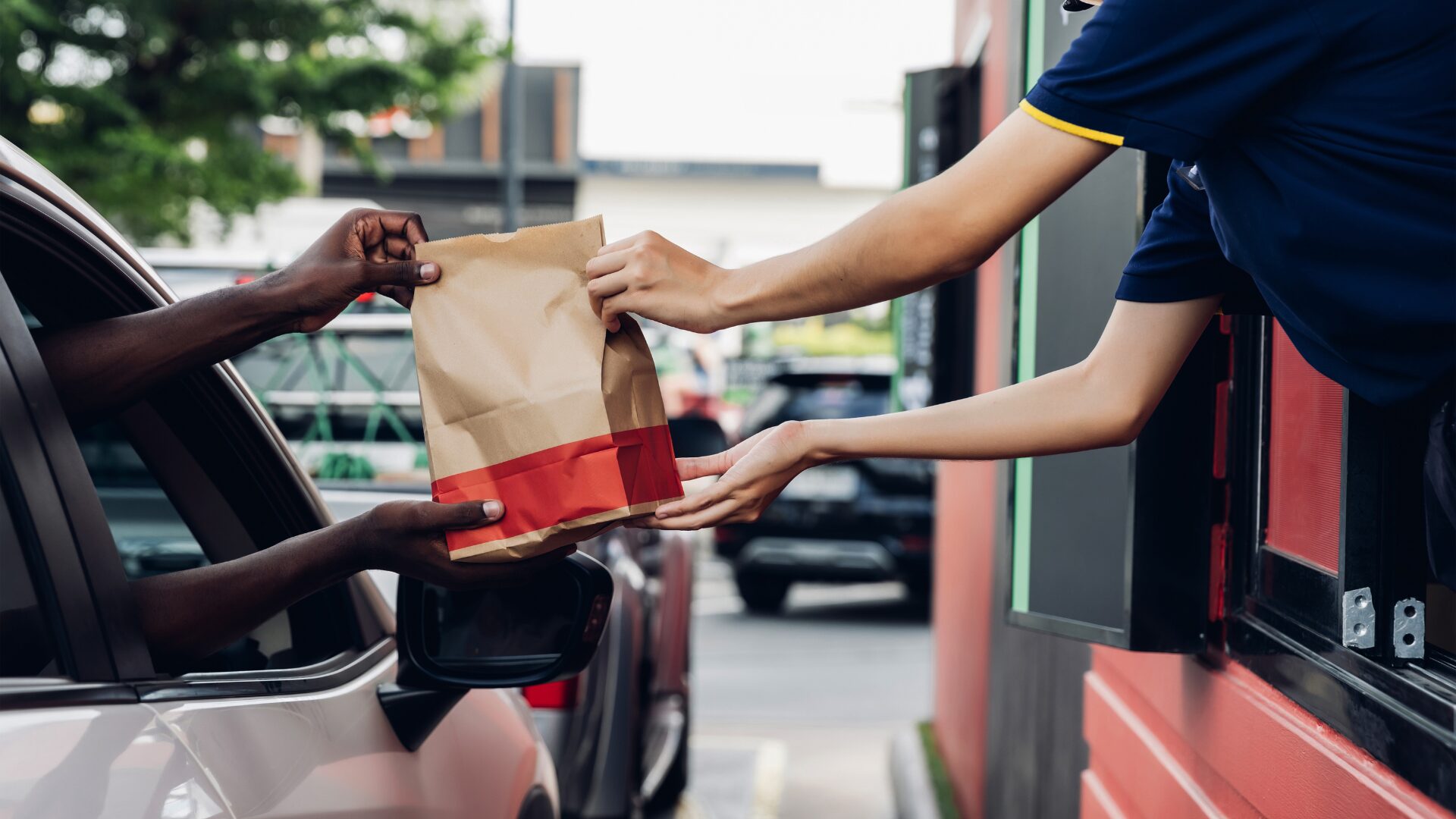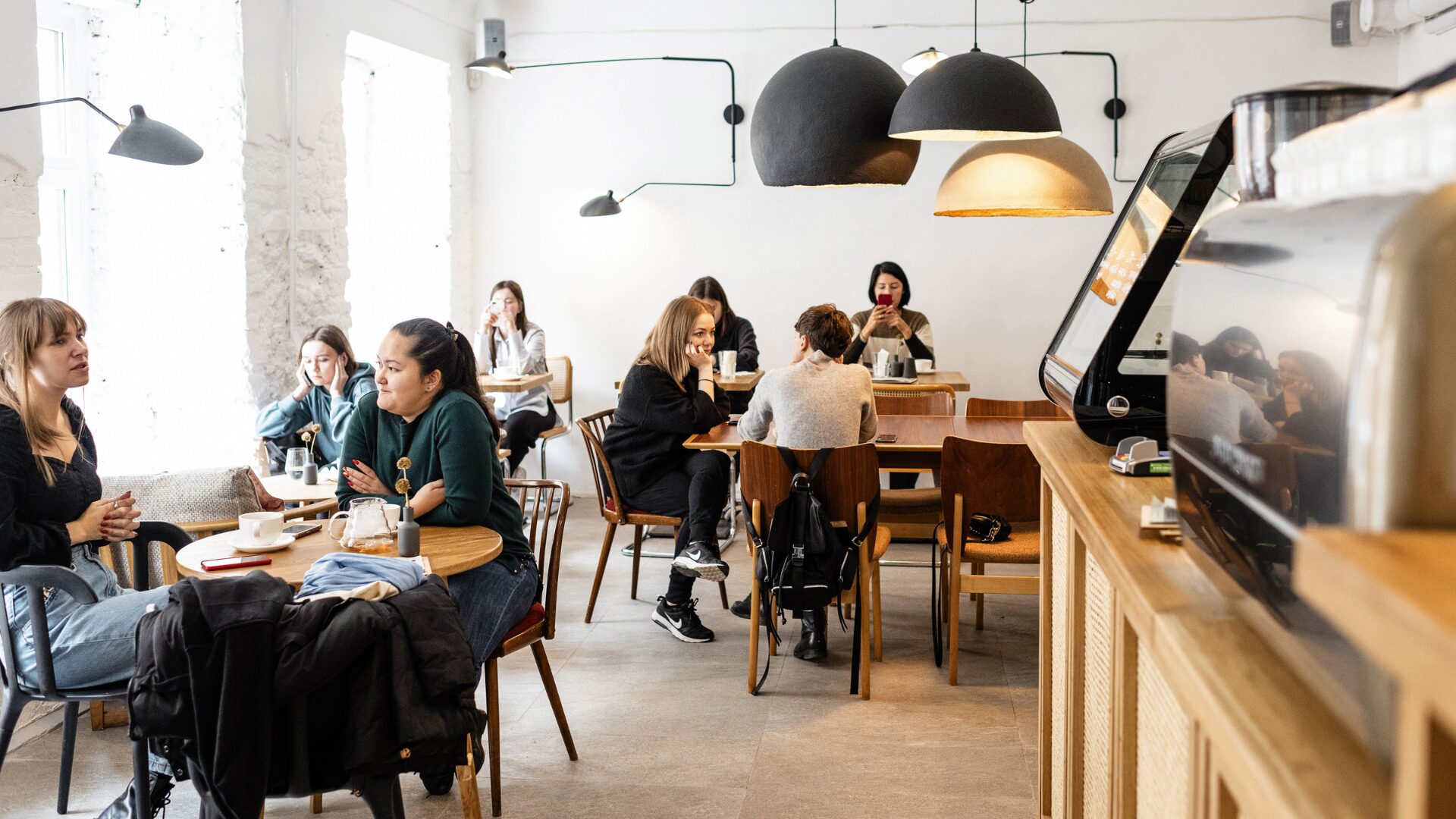They say when one door closes, another opens.
That may very well be true, but for restaurant brands and their clientele, the wrong door can sometimes lead down a disastrous path – just look at Boston Market, which had about 300 locations at the onset of 2023 and is now down to just 27; the chain has been sued more than 150 times due to unpaid bills after alleged wage and hour violations. Fans of the once-popular rotisserie chicken chain may soon have to get their chicken fix from elsewhere as a federal judge banned owner Jay Pandya from declaring bankruptcy for another six months, as reported by Restaurant Business.
Meanwhile, the constant churn of chains and brands, of openings and closings, of innovation and return-to-roots continues as everyone just tries to keep up with the rapid pace of today’s consumer, today’s technology, and tomorrow’s new market challenges and opportunities.
General inflation is down, though food-away-from-home prices remain quite high. AI has upended the retail and grocery industries as CEOs wonder how best to take advantage of technology that can handle more data – and provide more solutions – in the time it takes to cast a keystroke on a store manager’s computer.
And in California, operators large and small will have to deal with the state’s groundbreaking restaurant worker wage hike law, which goes into effect in a few weeks. Soon, every QSR employee from San Diego to Sacramento will be making $20 per hour. McDonald’s and Chipotle said in November they’d be raising menu prices to pass the increased labor costs onto the consumer; McDonald’s hasn’t revealed what that means for its menu, while Chipotle said it expects to raise prices in the “mid-to-high single-digit” percentage range.
Cava, for its small but growing footprint, is holding steady with its prices and will not be raising them once the calendar turns to April.
“Being thoughtful and mindful around the consumer in California, we’re not planning to put that on their back,” Cava’s chief financial officer, Tricia Tolivar, said in a recent statement. “We’re going to absorb that in the business overall and evaluate it ongoing,” Tolivar said, as prices for food eaten away from home rose 5.1% in January compared to one year earlier and up 30% from 2019, per recent data from the Bureau of Labor Statistics.
Who knows where these doors will lead for these businesses? All eyes will be on the Golden State as the days turn into weeks and then roll into months; early summer earnings calls should be pretty interesting from brands with larger footprints in the West.
Panera’s “Revelation at Hand”
Another major QSR, Panera, is preparing for its IPO. In the past year, Panera has released a caffeine-ridden drink called “Charged Lemonade” that was linked to two deaths after a college student with a heart condition passed from the caffeine jolt followed by a 46-year-old man who suffered a “cardiac event” while walking home from a Panera near his house in Fleming Island, Florida.
What’s more, Panera’s menu has undergone drastic change since it first debuted as a soup-and-salad-forward place to get a reasonably healthy bite in 1987; Panera recently announced it would be revamping its core menu items to give its soups, salads, and sandwiches a flavorful kick. Some new items will cost less than $10, which many will consider a modern-day steal given how expensive everything from sugar to beef costs. The company said more details will be coming about its “largest menu transformation ever” as it gets closer to its overhaul in April.
Last year, Panera Brands (also Einstein Bros. and Caribou Coffee) netted over $4.8 billion in revenue. As it prepares for its forthcoming IPO, Panera also announced it would be loosening its standards for animal welfare and clean ingredients – a bold pivot considering the rising popularity of sustainable and transparent sourcing practices for not just restaurants but grocers and retail as well.
In late February, stores across the country were instructed to remove all signs and artwork that included the following phrases:
- Vegetarian Fed
- Grass Fed Pasture Raised
- Animal Welfare
- No Antibiotics Ever
- Any mention of “Hormones”
As recently as 2017, artificial ingredients had been removed from Panera’s menu following a commitment to clean ingredients a few years prior. For a 30+ year company that has prided itself on high standards amid an American market that only recently turned to clean ingredients, these policy changes suggest a sea-change in the air not just for Panera, but for many QSRs in general. As reported by Reuters, the relaxing of standards is referred to by internal documents as an “evolution” of “clean and animal welfare policies.”
What Panera is exactly adapting or evolving into is anyone’s guess. The market will decide.
Starbucks and the Widening Gyre
As soup and sandwiches go (and for the rest of its revamped menu), Panera is probably still considered one of the leading QSRs in the market. In the American coffee market, however, that honor belongs to Starbucks, another restaurant undergoing massive change. As McDonald’s new concept CosMc’s drives straight toward the caffeinated hearts of consumers – particularly Gen Z and millennials – Starbucks CEO Howard Schultz recently stepped down from 23 combined years as chief executive, but not before posting an open letter called “The Soul of a Brand” on LinkedIn.
“I believe Starbucks finds itself (in its storied history) at a crossroads, at an inflection point,” he wrote, stressing that these moments come and go and are part of the natural evolution of companies big and small.
“It’s an opportunity,” he wrote, “an opportunity for a reset, for self-renewal and re-invention,” stressing that “the center” must hold, however, perhaps unknowingly quoting “The Second Coming,” a poem by Irishman William Butler Yeats – a classic, albeit a dark, urgent one, beset by barren landscapes and biblical apocalypse where “The best lack all conviction, while the worst / Are full of passionate intensity.”
He recounts the company’s 50-year history, its rise from 11 stores and 100 employees to over 37,000 sites and more than half a million employees (“partners,” in the letter), “from Pike Place to Mumbai and everywhere in between, the soul of the company is on display and the center has held.”
He talks of a world “seemingly on fire, steeped in misinformation,” and urges readers to take a breath, address systemic changes in the company, and to take the “extra critical step to truly understand and honor the soul of the company and its brand.”
What will the future hold for these wildly different yet adapting and evolving legacy companies? What will the future be like for consumers who haven’t yet stepped foot in one, those who may want a simple cup of coffee, maybe a sandwich, before going on their way?
Can the center hold? Perhaps Schultz is more familiar with classical poetry than anyone knows.
The Food Institute Podcast
Controlled environment agriculture saw tons of interest and investment in the post-pandemic period, but how are macro-economic conditions impacting the sector in 2024? Agritecture founder and CEO Henry Gordon-Smith joined The Food Institute Podcast to break down the sector’s prospects, technological advancements, and what types of foods are being grown indoors.


